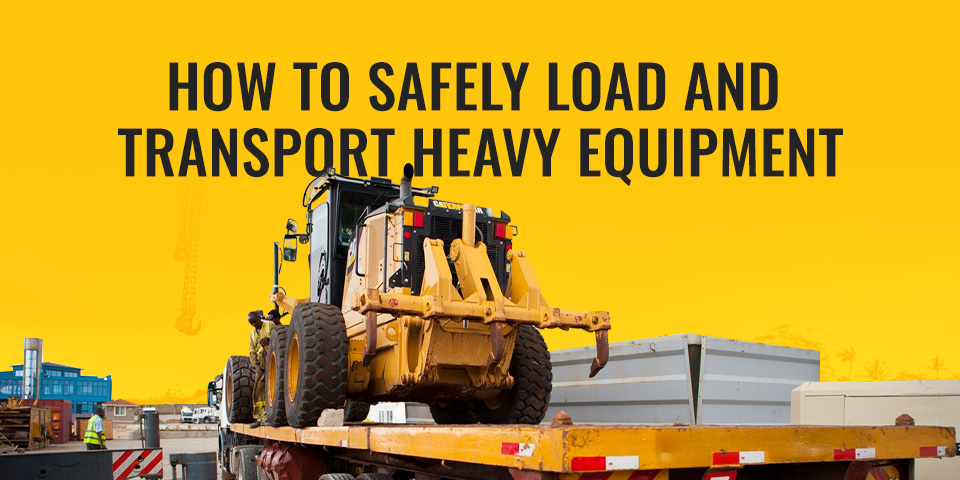Forklift Rental Services for Industrial and Commercial Use
Forklift Rental Services for Industrial and Commercial Use
Blog Article
Renting Out Vs. Acquiring Building Tools: Making the Right Selection for Your Task
When starting a building task, among the essential choices that project managers and stakeholders face is whether to rent or purchase building devices. Both alternatives have their advantages and disadvantages, making the option an essential one in the task preparation process. The choice rests on different variables such as price considerations, project period, equipment maintenance, versatility, threat, and scalability management. Each element plays a crucial role in establishing the most appropriate course for the project's tools demands. construction equipment rentals. Let's discover these aspects further to understand just how they impact the decision-making procedure and eventually the success of the project.
Cost Factors To Consider
Renting equipment commonly calls for reduced first payments contrasted to buying, making it an appealing choice for temporary jobs or professionals with budget plan restraints. In the lengthy run, continually renting equipment can accumulate higher prices than purchasing, particularly for prolonged jobs.
On the other hand, purchasing building and construction tools entails higher in advance costs but can result in lasting savings, specifically for constant users or long-term jobs. Possessing equipment supplies flexibility, comfort, and the possibility for resale worth once the task is finished. Additionally, having tools permits for modification and experience with certain machinery, potentially boosting efficiency and performance on-site. Inevitably, the decision between leasing and buying construction devices depends upon the task's duration, frequency of use, budget factors to consider, and long-term monetary objectives.
Job Period

Alternatively, for long-term tasks or continuous construction work, getting tools can be the a lot more affordable alternative. Buying devices can bring about cost financial savings in the lengthy run, specifically if the devices will be often made use of. Moreover, possessing tools supplies a feeling of control over its availability and enables customization to fit details job requirements.

Equipment Upkeep
Offered the important duty project duration plays in determining the most cost-efficient approach between renting and buying building equipment, the focus now changes in the direction of checking out the important facet of devices maintenance. Correct upkeep is essential for making sure the optimum performance and durability of building and construction equipment. Renting out equipment often features the benefit of having actually well-maintained machinery given by the rental business. This can alleviate the burden of upkeep jobs from the job owner or contractor, conserving time and effort. On the various other hand, having equipment needs a positive approach to upkeep to avoid failures, make sure safety, and expand the tools's lifespan. Normal inspections, servicing, and prompt repair work are necessary to keep owned and operated tools in top functioning problem. Consider upkeep prices when determining in between getting and renting out, as ignoring maintenance can lead to expensive repair work, downtime, and job hold-ups. Inevitably, a well-maintained construction devices fleet, whether rented or had, is crucial for the reliable and news successful completion of construction projects.
Adaptability and Scalability
In the realm of construction equipment administration, the facet of versatility and scalability holds significant relevance for task effectiveness and source use. Deciding to lease building and construction devices gives a high level of versatility as it enables the quick adjustment of devices types and amounts based on the advancing demands of a task. Renting out enables service providers to access a variety of specific equipment that might be needed for specific tasks without the long-term dedication of possession. This flexibility is especially beneficial for jobs with varying demands or unclear durations (equipment rental company).
In addition, scalability, an additional critical variable, is inherently connected to versatility. Leasing construction equipment uses the benefit of quickly scaling procedures up or down as job needs fluctuate. Service providers can swiftly add or exchange equipment to match the project's changing needs without the restraints of owning properties that may come to be underutilized or out-of-date. This ability to range resources effectively can result in cost financial savings and enhanced project timelines, making leasing a positive alternative for projects calling for versatility and receptive source allowance.
Threat Administration
Reliable threat administration in construction equipment procedures is critical to guaranteeing project success and mitigating possible economic losses. Construction tasks inherently entail numerous risks, such as devices break downs, accidents, and job delays, which can substantially impact the project timeline and budget plan. By thoroughly thinking about the risks connected with owning or renting building and construction devices, task supervisors can make informed decisions to minimize these prospective dangers.
Renting out construction tools can provide a degree of risk mitigation by transferring the obligation of repair and maintenance to the rental firm. This can decrease the economic concern on the task owner in instance of unexpected tools failures (forklift rental). Additionally, renting out gives the versatility to accessibility customized equipment for specific task stages, decreasing the threat of owning underutilized machinery
On the various other hand, owning construction tools gives a sense of control over its use and maintenance. However, this additionally suggests bearing the full duty for repairs, upkeep expenses, and devaluation, increasing the financial risks connected with devices ownership. Careful danger assessment and consideration of variables such as job period, tools utilization, and maintenance demands are essential in identifying one of the most appropriate option for effective risk monitoring in construction jobs.
Final Thought
To conclude, when determining in between renting and getting building equipment, it is essential to consider cost, task period, equipment maintenance, scalability, versatility, and danger management. Each factor plays a vital role in identifying one of the most ideal alternative for the job handy. By thoroughly examining these aspects, project supervisors can make an educated decision Related Site that aligns with read this their spending plan, timeline, and general job objectives.

Report this page